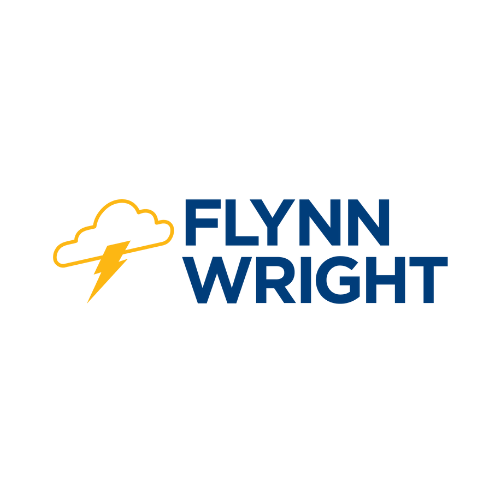Wellmark seeks 28% increase for ACA plans

Significantly higher health claims costs last year among the portion of its members subject to the Affordable Care Act provisions have driven Wellmark Blue Cross and Blue Shield to seek a 28 percent average base rate increase for those plans in Iowa, the Des Moines-based insurer said today. Additionally, Wellmark announced it will not be participating in the online marketplace for a third consecutive year.
Wellmark had anticipated about a 30 percent increase in expenses for covering the approximately 30,000 individuals under ACA-compliant plans in 2014 and priced its policies accordingly. However, actual claims costs were about double that amount, said Laura Jackson, executive vice president at Wellmark.
“This put us in a significant deficit for this population,” Jackson told reporters this morning during a webinar outlining reasons for the proposed increase. In total, Wellmark paid out an average of $1.28 for every premium dollar received for those members; insurers target to spend 80 cents per dollar of premium received. Under ACA rules, insurers must price for 2016 policies using results from the 2014 plan year.
The proposed rate increase, which is subject to approval by Iowa Insurance Commissioner Nick Gerhart, applies to about 30,000 of Wellmark individual policyholders who are under age 65 — or fewer than 2 percent of Wellmark’s 1.7 million members in Iowa.
About 80,000 other individual policyholders in Iowa who still have policies that are considered “grandfathered” or “grandmothered” under provisions of pre-ACA plans will be subject to a separate rate request to be filed June 8. (So-called grandfathered plans are those that were in place prior to March 2010 and had been renewed; grandmothered policies are those that were in place on Oct. 1, 2013, and also are exempt from ACA requirements). The proposed increases requested today do not apply to Wellmark’s group health plans or Medicare plans.
Last year, the Iowa Insurance Division approved rate increases ranging from 11.9 percent to 14.5 percent for individual members subject to the ACA provisions, while it held premium increases for grandfathered individual plans to 5.9 percent or less. The Iowa Insurance Division will hold a rate hearing on July 25 for today’s request.
Significantly higher claims costs, particularly for specialty pharmaceuticals, drove up costs for this group of individual plans, Jackson said. For instance, large claims that exceeded $50,000 were 18 percent higher than expected, and the amount for high-cost prescriptions (ranging from $2,500 to $20,000 per claim) was 47 percent higher than expected. Among the types of specialty drugs covered were HIV and Hepatitis C treatments.
Additionally, about 700 members dropped their coverage after receiving benefits, which resulted in Wellmark receiving only about 10 percent of the premiums for more than $1 million in care that was covered. Many were expectant mothers who dropped coverage or moved to a less expensive plan after having their babies and receiving premium coverage under a gold plan, she said. Wellmark outlined factors driving the rate increase in a white paper, available by clicking here.
Wellmark has declined to participate in the federally facilitated online marketplace, or exchange, for the past two years, and given the pending U.S. Supreme Court decision in King v. Burwell, the company has opted to again wait on participating, Jackson said. The company doesn’t want to spend several million dollars in costs to offer policies on the marketplace when a decision that could overturn the subsidies is pending, she said. By not offering individual policies on the marketplace, it will also be exempt from offering coverage to small businesses through the SHOP marketplace next year.
“But it’s not a question of if, but when, we will participate on the exchange,” Jackson said.
Because Wellmark does not offer coverage through the marketplace, none of its members who purchase new individual coverage can lower the cost of their coverage by using federal subsidies, even if they qualified for them.










